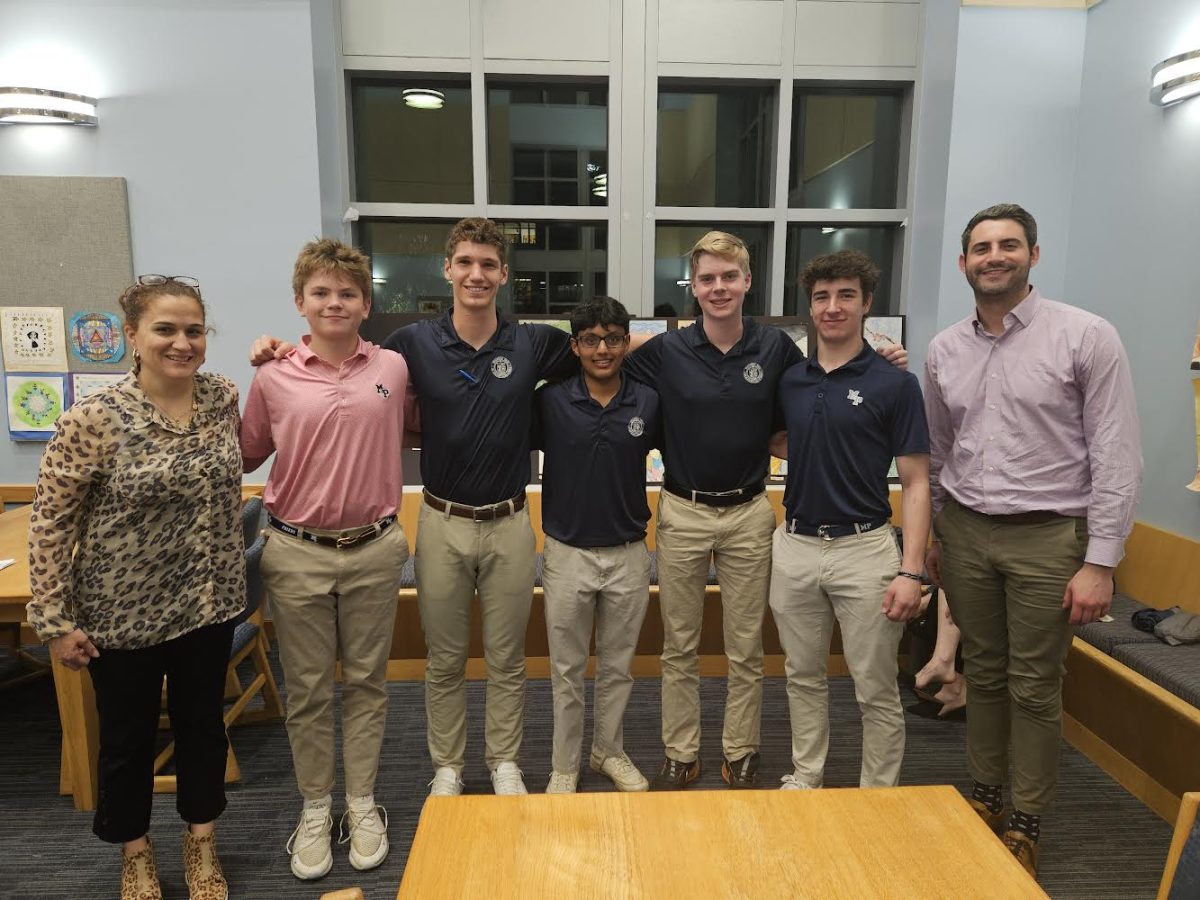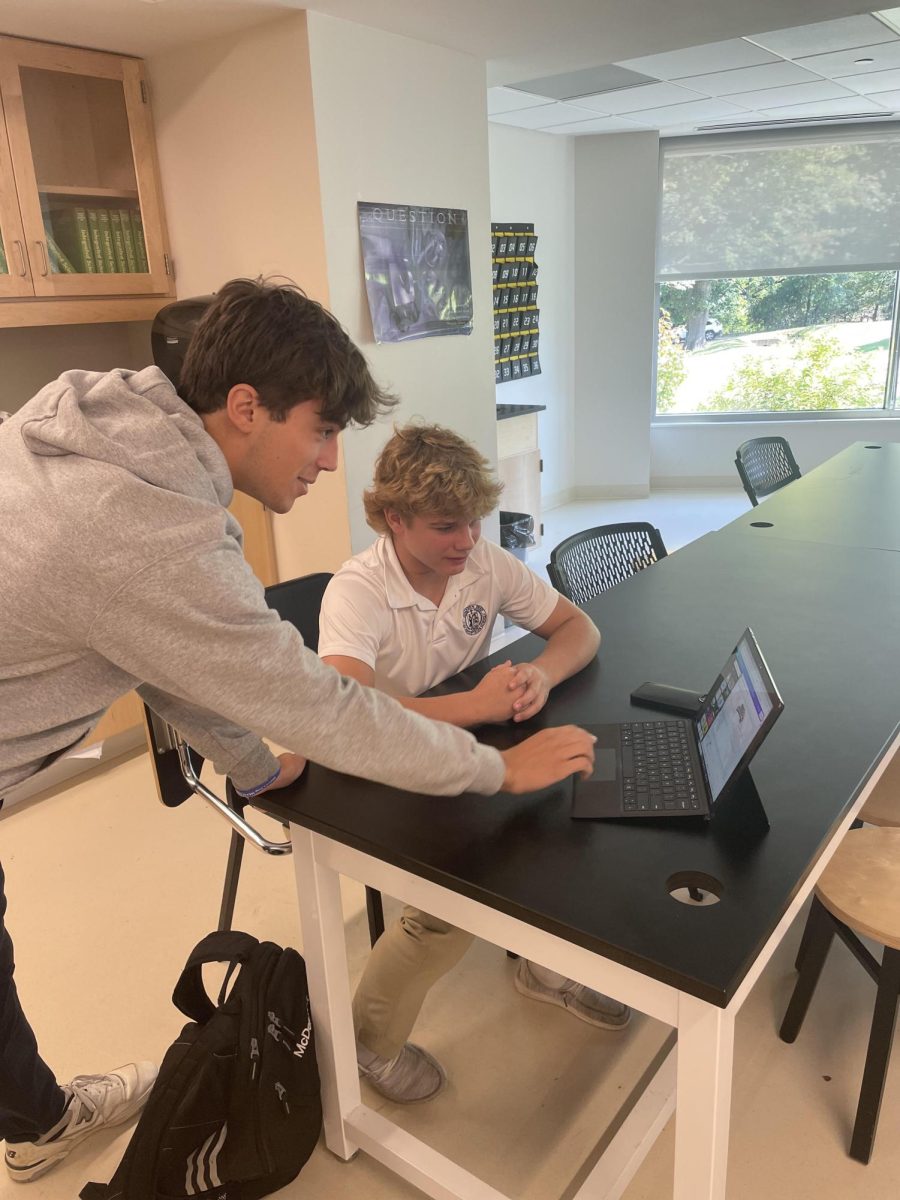Jake Sorenson & Jack McClatchy
What happened at Ferguson hasn’t gone unnoticed by Malvern Prep. The students and faculty have opinions of their own.
This August’s riots in Ferguson, Missouri resulted from the shooting of African American teenager Michael Brown. The riots raised questions on not only race relations in the United States, but also the increasing militarization of police, as pictures of officers in fatigues circulated in the media.
The Blackfriar Chronicle interviewed members of the Malvern community for their perspective on Ferguson.
According to school counselor Dr. Dorothy Sayers, it wasn’t just the shooting that caused the riots. “[The shooting of Michael Brown] was the straw that broke the camel’s back in Ferguson,” said Sayers. “It was an incident that made people furious, and it was a huge snowball effect.”
That furious reaction led to the alleged harshness of the police when dealing with the riots. “It appears that the police were out to keep the peace, at the cost of the people,” said Mr. Legner… The way [the police] treated the people brought me back to the 1960’s, when the police were beating everyone in peaceful protests.”
“There were people doing illegal things, however,” added Legner. “The police should have went after them, and not the peaceful protesters.”
“… When the governor enacted the curfew, [it turned into] ‘Protest all you can peacefully! Until here, where we have to lock you in your houses,” said Mr. Tim Dougherty, Dean of Students.
The reaction of police, already controversial, was made even more so by the fact there were almost no non-white officers – only three out of the 53-officer force.
“There’s something disturbing in the fact that the police force is predominantly white in an overwhelmingly African-American community,” said Dougherty.
Three out of 53 non-white officers isn’t the only reason people in Ferguson may feel a distrust for the police. In other cities with similar racial tension, notably in Los Angeles and New York, there is a police policy called “Stop and Frisk” to combat crime in high-crime areas, which allows police to search anyone for drugs or weapons without a warrant.
“I don’t think the policy is inherently racist,” Dr. Sayers said, “It’s our own implicit associations that make it look racist.”
Mr. Dougherty disagrees. “You can’t institutionalize racism. I think there is a statistic that shows that… blacks are more likely to be stopped and frisked, it is whites who are just as likely or, even more likely to be carrying contraband.”
According to the New York Civil Liberties Union in 2011, “a weapon was found in only 1.8 percent of blacks and Latinos frisked, as compared to a weapon being found in 3.8 percent of whites frisked.”
Mr. Dougherty said that he hasn’t seen any mistrust of authority at Malvern. However, he went on to say, “I’m going to do things that people here won’t like… As long as everyone understands I come from a position of respect, even when I am not telling them something they like, the community cares about each individual.”





